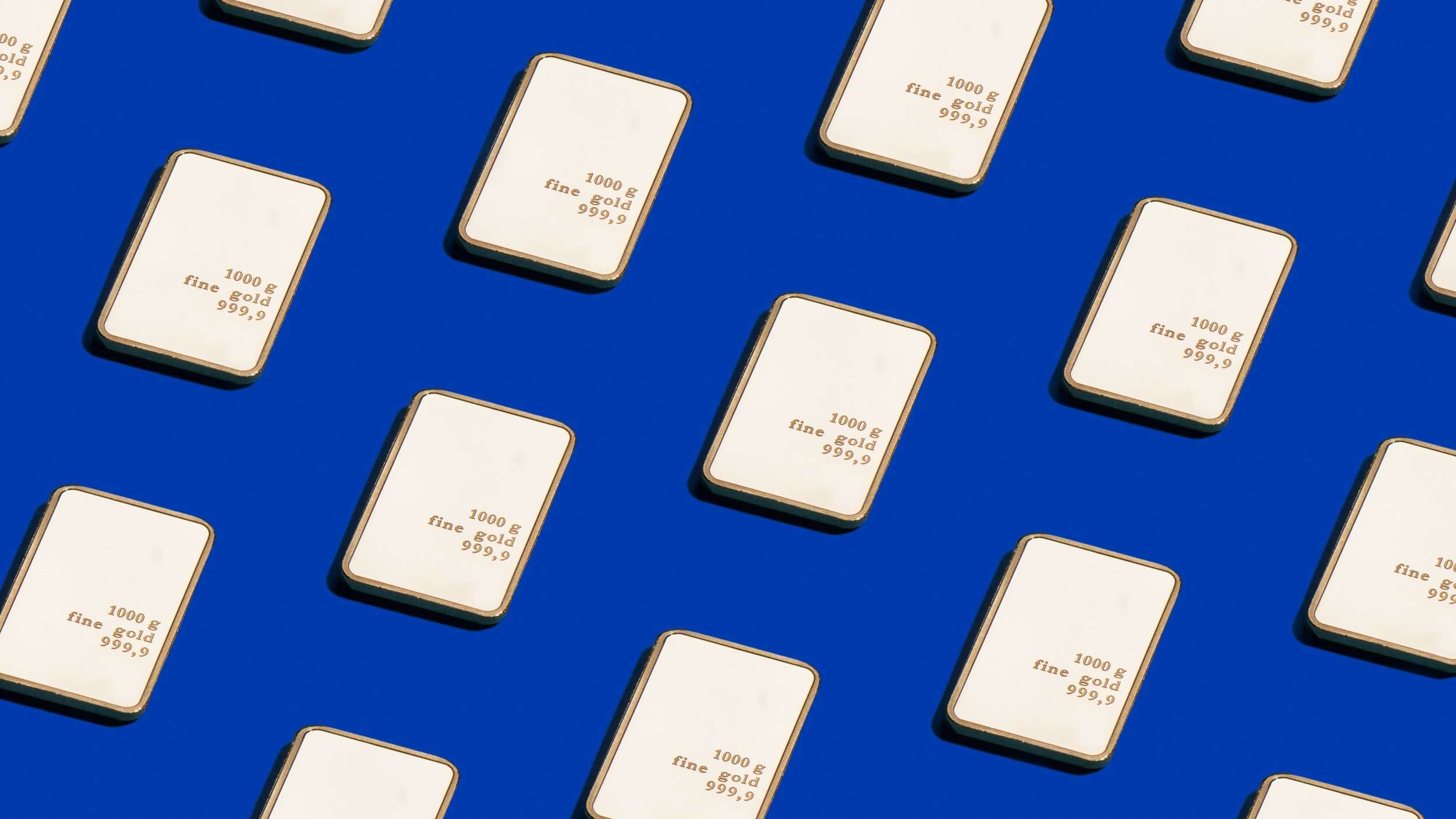Celebrate 15 years of Gold with Paul Syms and Kathy Kriskey discussing the key drivers of the gold market and what to anticipate in the coming months. A golden opportunity to understand the past and future of gold investing.
So far this year, gold has been rallying aggressively and recently broke through $2,400/oz. So, how did we get here over the last 15 years?
[Kathy] It’s been an interesting 15 years for gold. It’s important remember that gold has played an important role in the development of society throughout time. It was initially used for ceremonial rites, and later as a global currency and store of value.
Going back to 1971, the US left the Bretton Woods system, which was set up after WWII, fixing exchange rates between gold and the USD. This led to a surge in gold prices going from $40/oz to $660/oz by 1980. It was a time of severe economic uncertainty with stagflation in the US, high inflation, low economic growth and high unemployment.
After that, gold was stable for about 20 years. It really started to shine in the 2000s, with the impact of the Global Financial Crisis and subsequently, the Great Recession, when investors sought a flight to safety. From 2001 to 2012, gold went from $300/oz to $1,700/oz. These were turbulent times, with the European sovereign debt crisis also supporting gold prices.
Things started to normalise as the US Federal Reserve ceased its quantitative easing and the US dollar (USD) strengthened, bringing gold back down to $1,200/oz by late 2014.
Then, the Covid-19 pandemic of 2020 also impacted the gold market, with its unprecedented disruptions to every part of our lives and economies. Prices ultimately pushed higher than $2,000/oz. From then, until this recent upward move, gold stayed basically in a range of $1,700/oz – 1,900/oz.
What are the main drivers for the gold price today? We’ve seen the increased demand from central banks, do you think they’ll remain big buyers?
[Kathy] The major drivers behind gold hitting its historic high are Emerging Market Central Banks buying in a move to “de-dollarise” their reserves, and retail demand for physical bars and coins. The central banks increasing their gold holdings are China, Turkey, India, Poland, Kazakhstan, Singapore, Russia, and the Czech Republic. The freezing of Russia’s USD-based reserves after their invasion of Ukraine concerned central banks around the world, and according to the World Gold Council, their purchases of (gold) bullion doubled.
On retail demand, Chinese consumers, nervous about their economy, currency, and property sector, have ramped up their purchases of physical gold, with March being the highest level seen in seven years. This retail demand isn’t just coming from China though. US retailer Costco is now offering gold bars to consumers. Increasing global government debt is also causing investors to look for diversification away from government bonds and currencies. We also have two active conflicts (Israel-Palestine and Russia-Ukraine), which make gold attractive as a perceived “safe-haven”.
These investors are buying both physical gold and exchange-traded products which hold physical gold.
Another factor which normally impacts gold prices is interest rates. Though the European Central Bank made it first cut recently, the US is still awaiting the start of its easing cycle. The latest communication from the US Federal Reserve (Fed) indicates that rates might stay higher for longer, which isn’t great for gold prices. The eventual Fed easing, hopefully by the end of the year, should support prices, but some precious metal investors may stay on the sidelines until that happens.
So where do we go from here? I’d like to get your views on a couple of scenarios. First, what would you see over the next year as providing a bullish case for the gold price?
[Kathy] While gold prices are already relatively high, interest rates in the US still haven’t come down. Gold doesn’t pay any interest, so when other investments like bonds earn less interest, gold looks attractive. And inflation in the US has been sticky, staying above the Fed’s target level of 2%. Investors often use gold as an inflation hedge. So, if central banks continue to support central bank buying and geopolitical risks remain, gold could go higher when the Fed finally cuts interest rates. Elections fears (in the US and elsewhere) could also cause investors to use gold to hedge the uncertainty.
And what about a bearish case?
[Kathy] There are a few things that could happen which could cause gold to move down. The market believes that central bank buying has provided a floor to the gold price, initially around $1,900/oz, but lately around $2,000/oz - $2,100/oz. If central banks stop providing this floor, (because they pause or cease their purchases) we could see a correction.
China recently paused their 18-month buying spree, and that caused a correction. But a purchase pause may be natural. It happened in 2016, after which they re-entered the market. There are also other central banks, like in Turkey, that are ramping up their purchases. And while we are all hoping for an end to the ongoing geopolitical conflicts, gold may lose some of its “safe-haven” strength when that happens. If the Fed decides to put off their easing until mid-2025, this could unsettle investors in all markets and might also dampen gold demand.
Many consider gold as somewhat of a security blanket - when uncertainty picks ups, it’s nice to have gold to hold on to. We’ll see how investors feel about whether they need that blanket. While the gold price has rallied in recent months, it does feel like there are plenty of reasons for investors to continue looking to gold to meet certain objectives.







